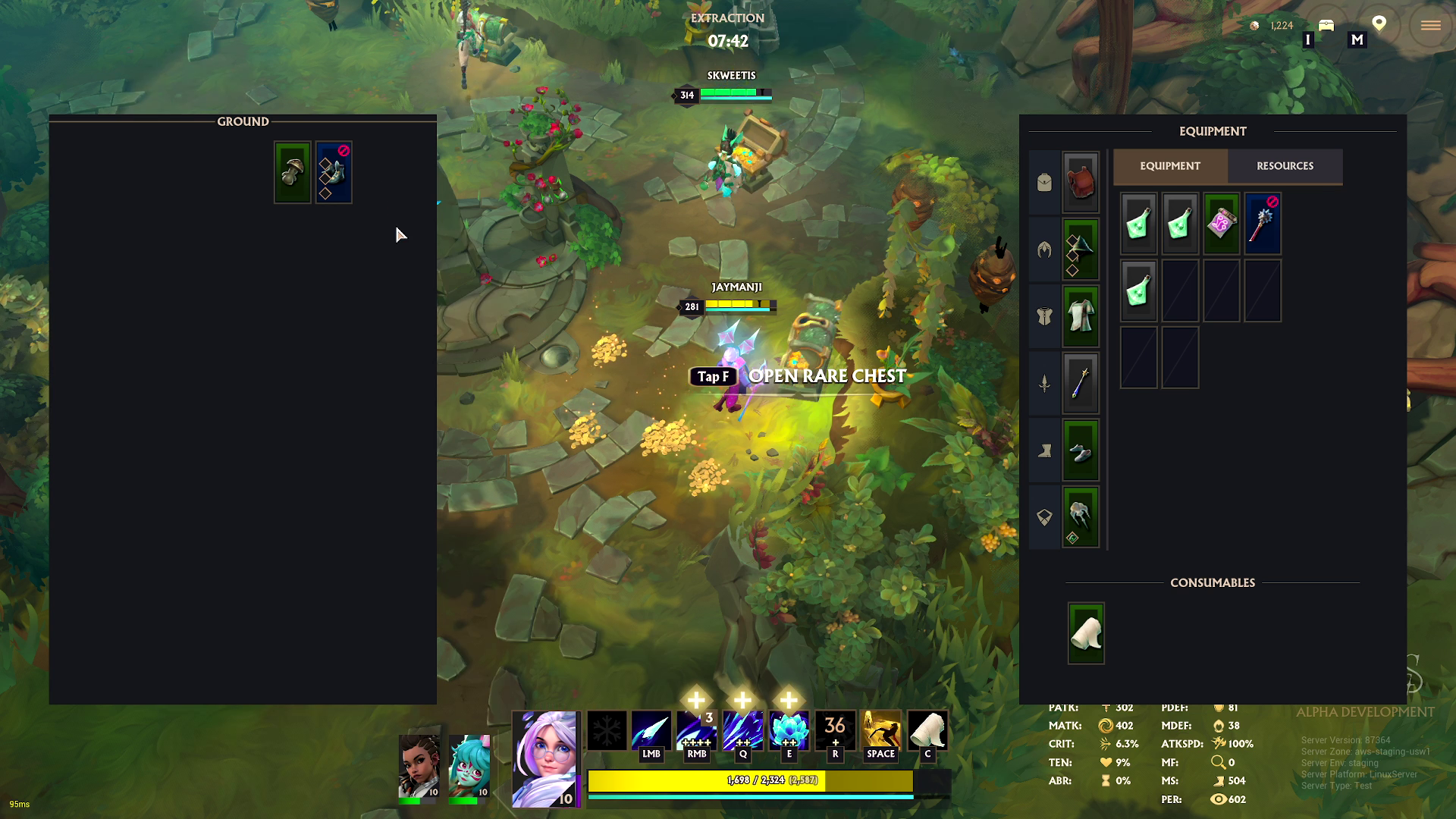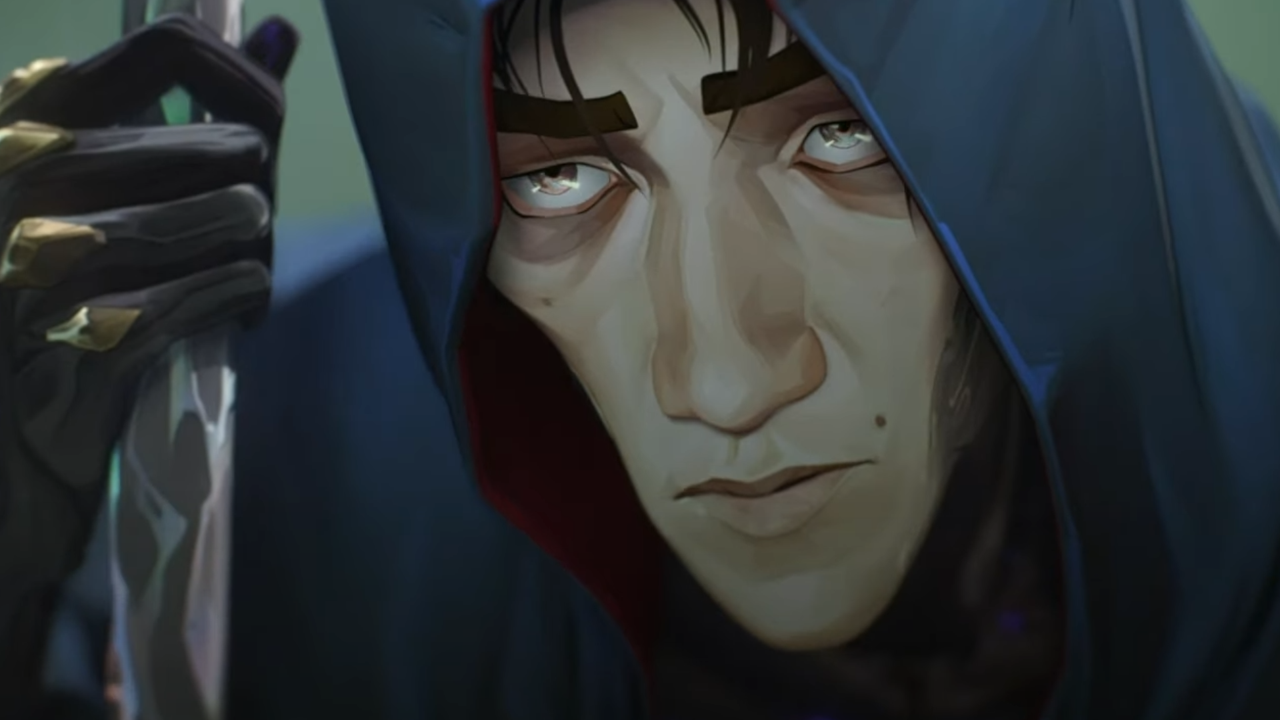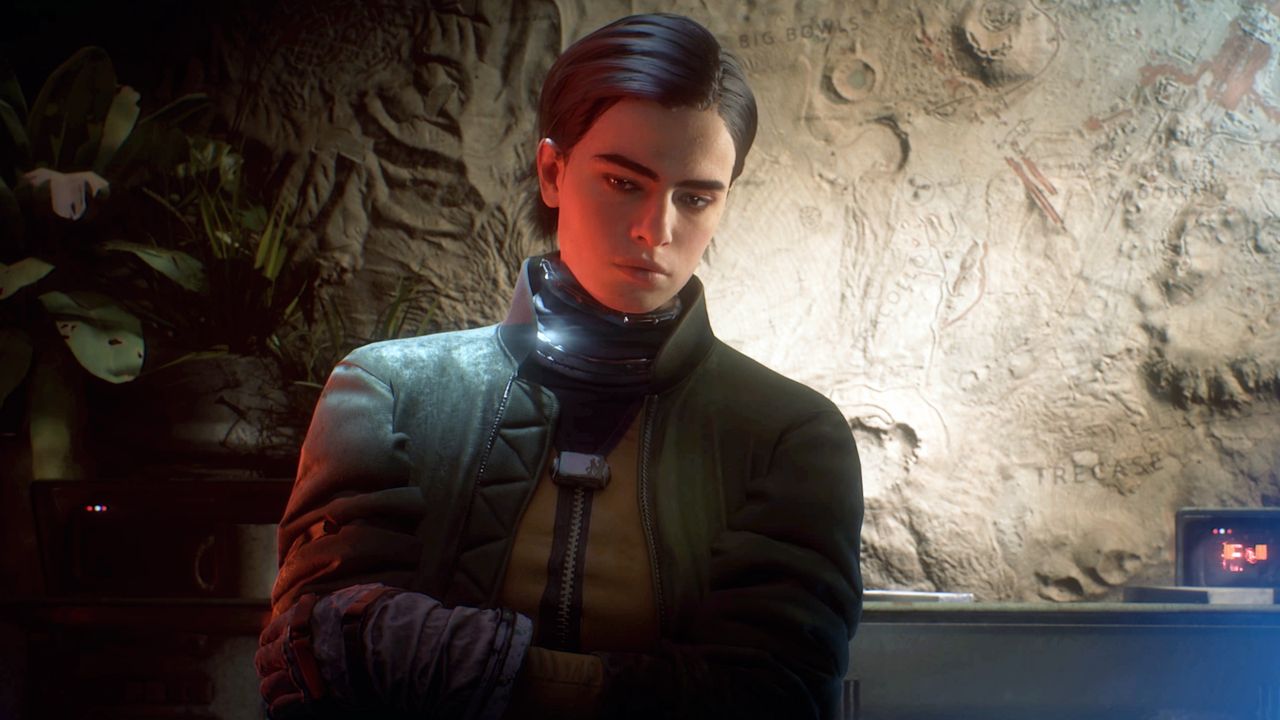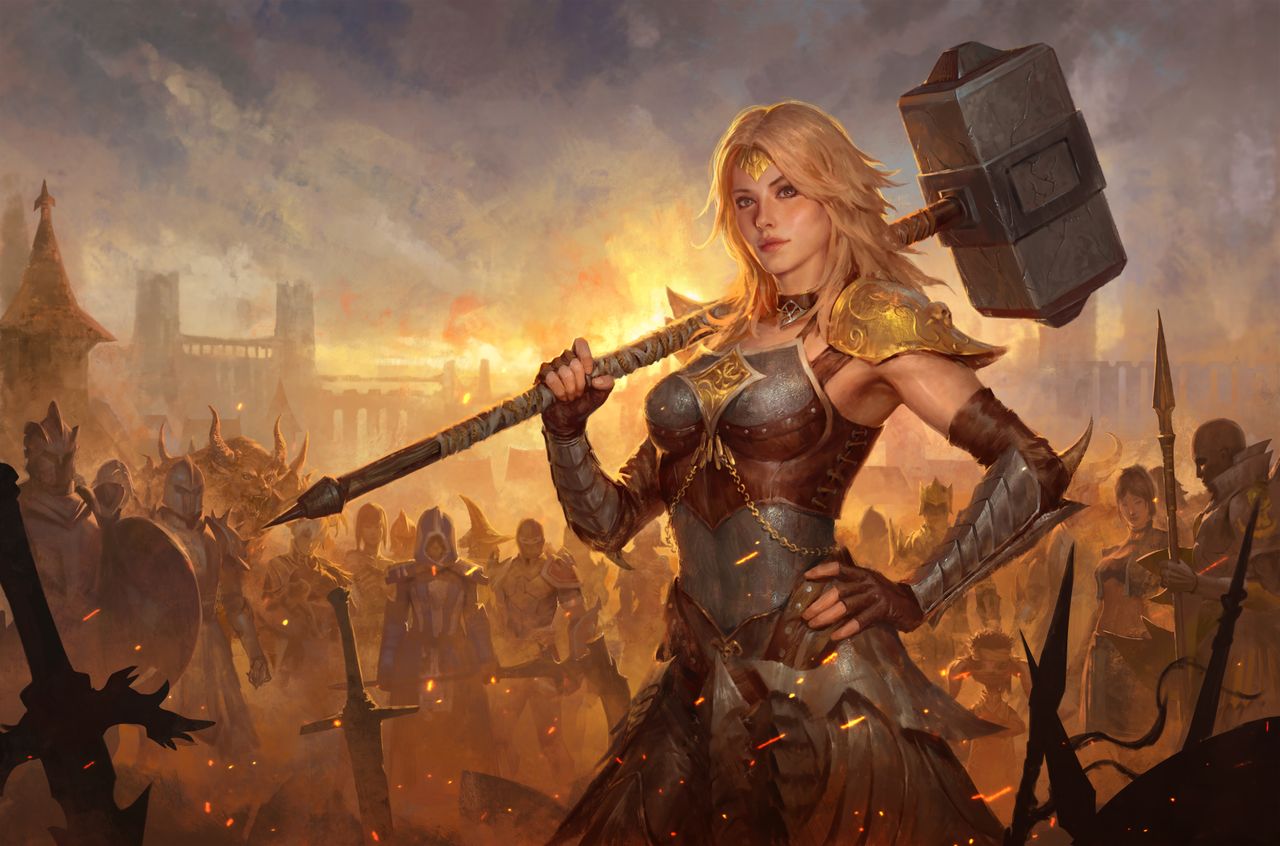Seekers of Skyveil convinced me the extraction genre isn’t just for shooters anymore
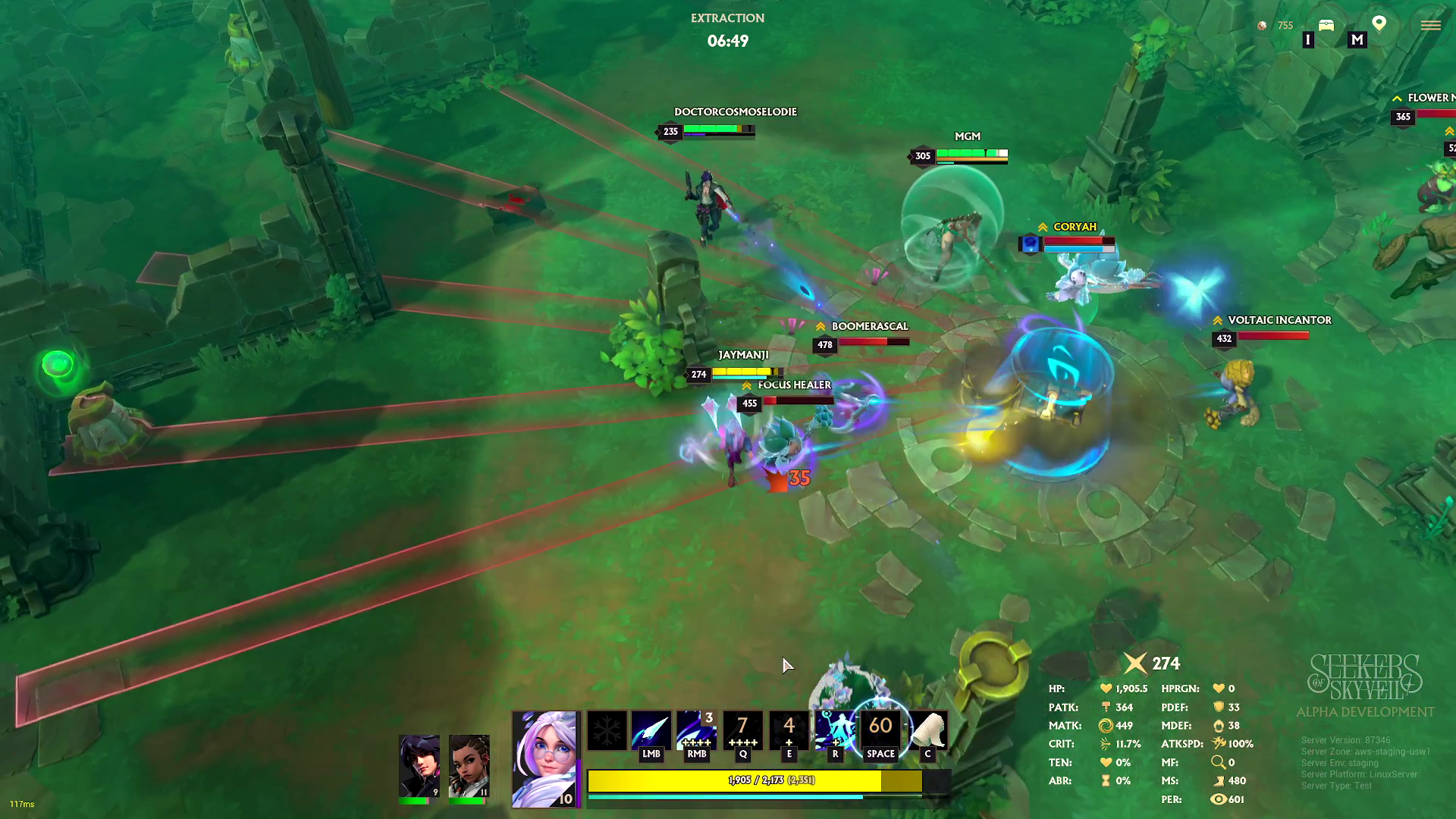
I feel for the folks at Elodie Games who have to try to describe succinctly what’s going on in Seekers of Skyveil, the California-based developer’s first game. At first glance, it looks like a MOBA, specifically League of Legends, which a few of the developers have previously worked on: heroes battle on isometric plains and level up by killing monsters. But at any point in a match, they can take their stuff and leave early. Not because they’re sore losers, but because Seekers of Skyveil is one of the first extraction games that isn’t a shooter.
“If you look at tags on Steam, it just says ‘extraction shooter’ there’s no actual ‘extraction’ tag,” Athena Dai, the game’s technical game designer, points out in the first Seekers of Skyveil developer update video. “But I feel like that fundamental extraction game loop can do so much more.”
After playing a few matches alongside Dai, and several other developers from Elodie Games, I think she’s right. Seekers of Skyveil wraps the get-in-and-out structure of extraction games around MOBA-like team fights—there are no bases or towers to destroy—and the result is like nothing I’ve played before. Sure, you’re still cautiously roaming around a map with enemy teams out there somewhere doing the same thing, and, yes, the heroes, or seekers, slot right into the tank, healer, and damage dealer archetypes, but having the option to peace out at any time dramatically shifts your priorities.
There are chests, monsters, and bosses to find in the map that reward you with gear and items you can keep. And that’s essentially your goal, especially early on. It’s like a roguelike that way, where each match is a ‘run’ for resources with a slight (or huge, in our case) risk of losing what you came in with. The catch is that you still have to level up in every match and earn your abilities in the style of a MOBA, so that you can even kill the tougher monsters and defend yourself should you get ambushed by an entire team while trying to loot some chests—not that I’d know what that’s like.
Our three-person team (you can also play solo or with a partner) focused on killing easy little monsters as we made our way toward the middle of the map, where you’re more likely to run into other players. I stuck to Zuraya, a polearm-wielding lady who seems good at dashing after escaping players, for each match to get an idea of what it’s like to gradually improve one seeker. I found a blue-quality weapon early on that made a noticeably larger dent in enemy health bars than the one I bought from the shop before we dropped in. But the real impact, at least in these earlier stages of the game, seems to be the items like the smoke bomb that can shroud a sizable chunk of the map long enough to escape or reposition.
It’s worth noting that I was using WASD to move my character around and aiming abilities with my mouse. That was preferable for me to easily dodge out of attacks. I didn’t see an option to control the game like a MOBA with just your mouse, but I wouldn’t be surprised if Elodie plans on adding other control schemes in the future. That said, the direct control allowed me to backpedal and attack without having to do click-to-move stutter steps.
Taking risks and paying for it
Elodie told me it wants combat to feel loose enough for the underdogs to win in surprising ways
The team fights are where most of the MOBA elements of Seekers of Skyveil come into play and it’s where the entire pitch for the game needs to shine for any of this to make sense. Nobody will want to go through the process of acquiring loot if the combat doesn’t carefully balance learned skill with simply being decked out in strong gear. I was playing with a full lobby of developers who were aware they were playing with a journalist, so it wasn’t a perfect representation of what a typical match will be like, but I was impressed nonetheless.
Our big tree-man tank, played by design director Jen Ortiz, kept enemy players off of me as I tried my best to carve chunks of their health. When you take severe hits in Seekers of Skyveil, you can only heal that damage back with bandage items, which means teams are incentivized to go all in when they run into each other. We won our first fight by surrounding squishy seekers who broke off from their team—the number one risk of not running a balanced team composition I’d assume. The nuances in the gear, abilities, and stats fell away as everyone tried to cut each other off.
I’d be lying if I said I really knew what was going on, but the fight lasted long enough that I think I could have figured it out after several more matches. It’s promising to see all the gaps in a fight where better players would be repositioning or readying a combo with their teammates. Elodie told me it wants combat to feel loose enough for the underdogs to win in surprising ways and to encourage players to actually want to fight each other instead of hoarding a bunch of gear for nothing. I don’t mind a competitive game where a new player could luck into beating an experienced one. Overwatch exploded in 2016 because of that unpredictability as everyone discovered what a shooter with asymmetrical hero abilities felt like. I hope Seekers of Skyveil can nail that goal because I can see it appealing to the sort of players who are okay with losing a match if the story of what happened was meaningful enough on its own.
Our last match made this clear for me: Everyone at Elodie stressed that it was a bad idea to go hunting for other players immediately after loading in, which is why they sounded so worried when Dai commanded us to ignore that advice and head into a contested underground zone for an “optimal strategy”. There are chests down there that only open after you defeat a few nearby enemies. Dai triggered two at the same time, meaning we would take some hits but score a bunch of items at once. She almost had me sold on the idea as I was healing up and staring at all the loot on the floor, but then an enemy team came rushing in to offer a counterpoint.
For me, the seekers had enough complexity on their own that I was ready to jump in regardless of what gear I had.
Welcome to the scariest part of the extraction genre: losing your stuff. Elodie says it’s still working on balancing how much to punish players when they don’t make it out of a match alive. It doesn’t want to discourage you from jumping back into the loop, but it also wants to reward you for investing in your items by upgrading them with gems and putting together a loadout. Ideally, you’ll find extra pieces of gear and store those in your stash so that if things go awry you have a backup set. You also keep all the item crafting materials and currency you pick up, as well as one item you can insure before each run. Elodie has tried to offer multiple ways of recovering from a disastrous match.
For me, the seekers had enough complexity on their own that I was ready to jump in regardless of what gear I had. And that seems like the anchor Seekers of Skyveil needs if it wants people to be okay with occasionally having their power level reset. If it can keep matches short and the heroes exciting and adaptable enough to be fun at all levels of play, I think the sting of a loss won’t actually matter in the long run. You’ll leave with a story to tell and mistakes to watch out for on the next run.
Elodie’s focus right now is to get all sorts of players into its playtests to figure out what all of this should look like. You can sign up for those on its Steam page. But even in this early stage, I can easily grasp what the team is going for with Seekers of Skyveil regardless of how complicated it is to describe it. It’s like a battle royale set on a MOBA map where you can opt out of the team fights as you learn and gear up enough to take on riskier parts of the map. Maybe you’ll see other players, maybe you won’t. It’s elastic in a way that the typical MOBA structure doesn’t allow, which gives it a strong chance at bringing in people who aren’t interested in a game that mostly hinges on your performance in its final moments. I’m one of them, and am still a little stunned at how well Seekers of Skyveil works as a new type of extraction game.


